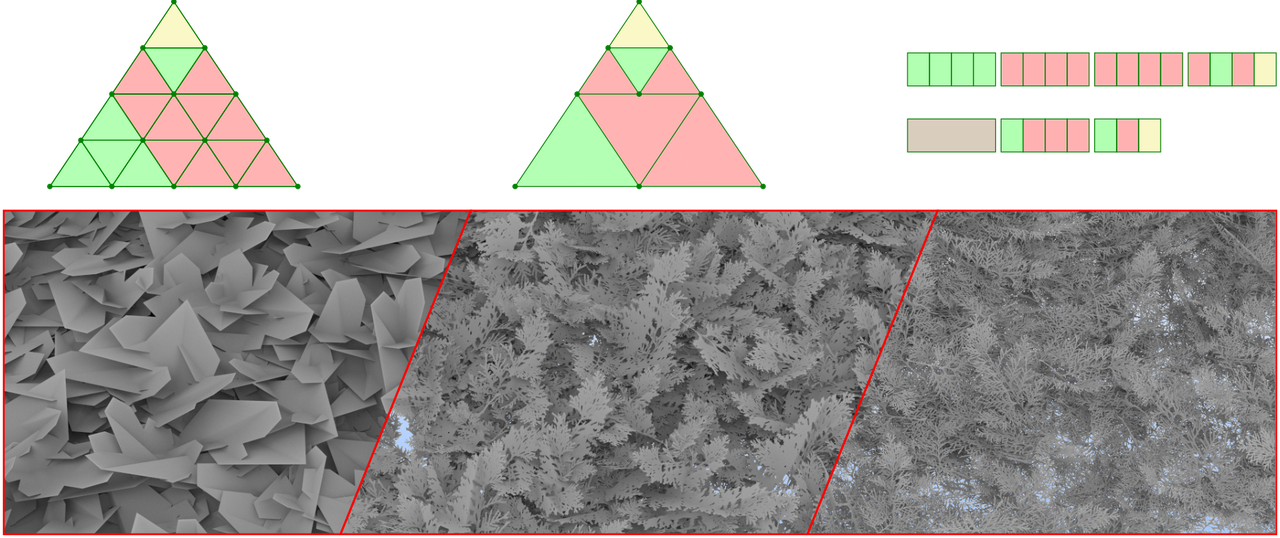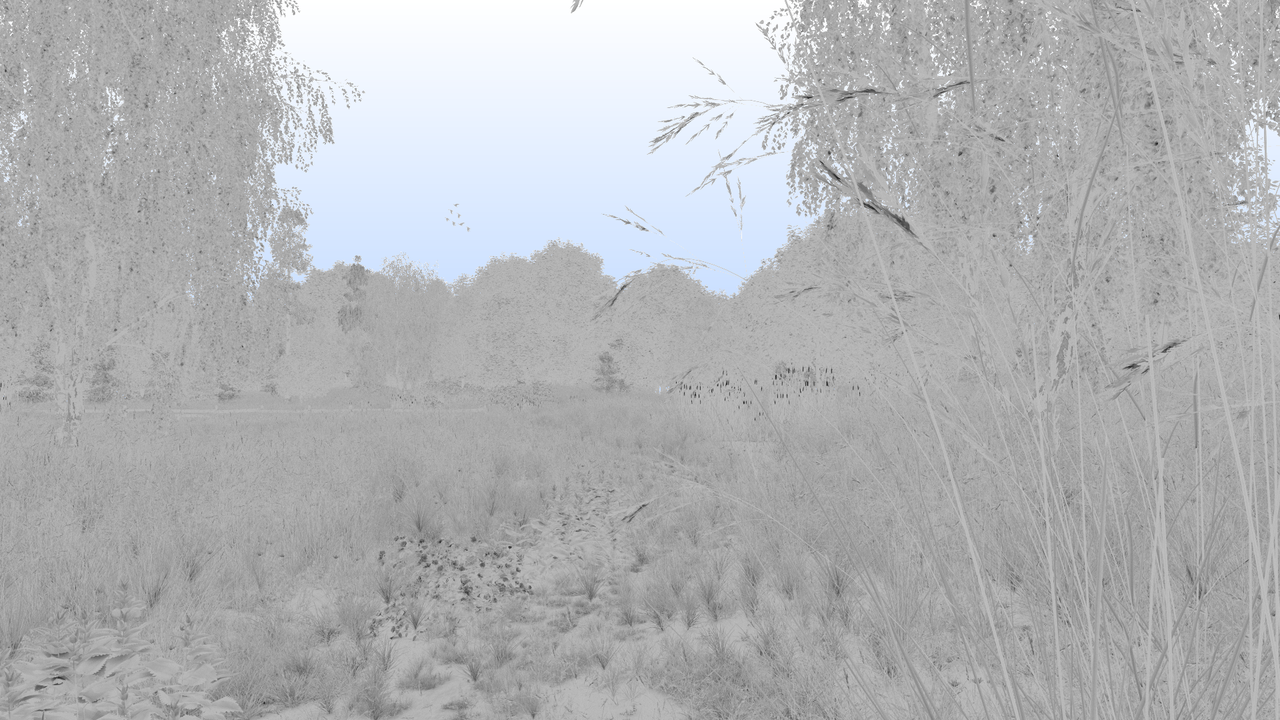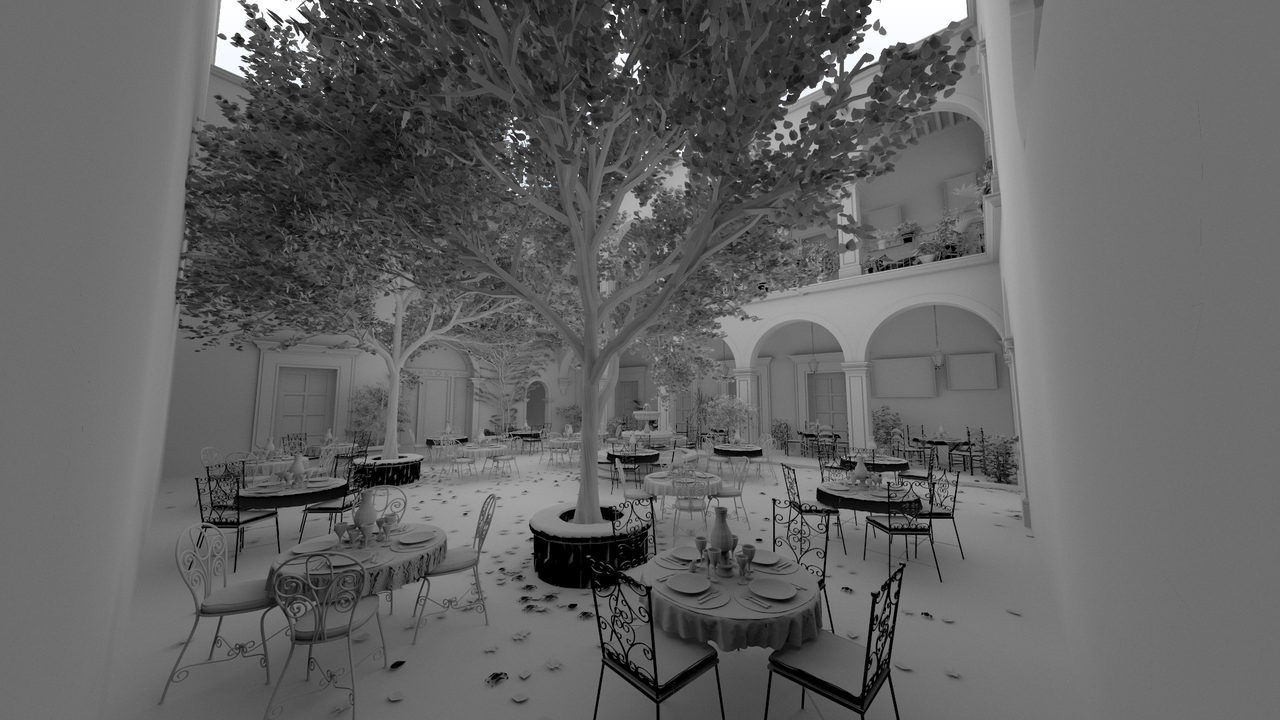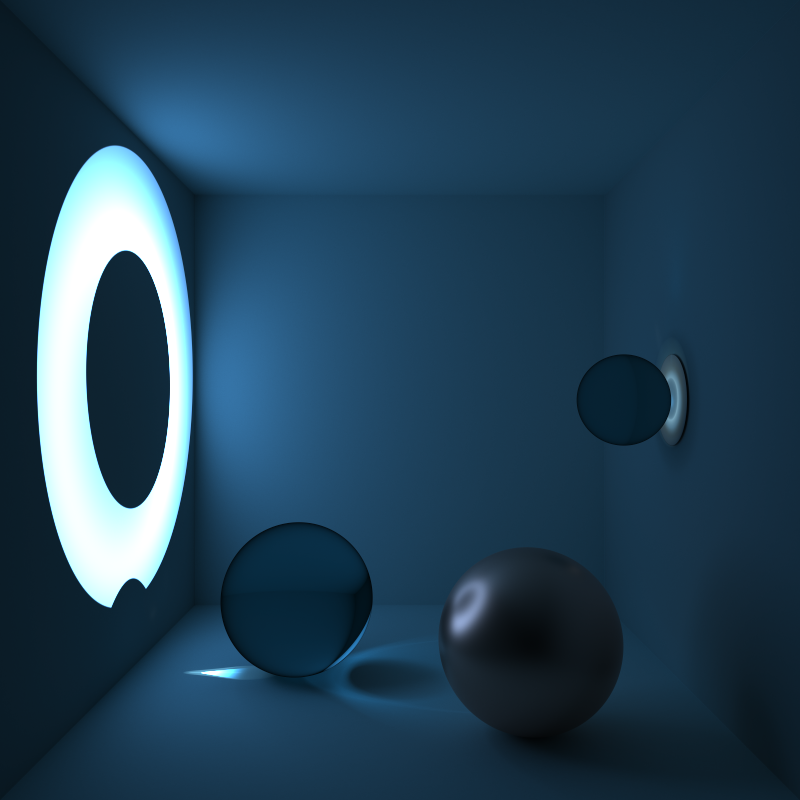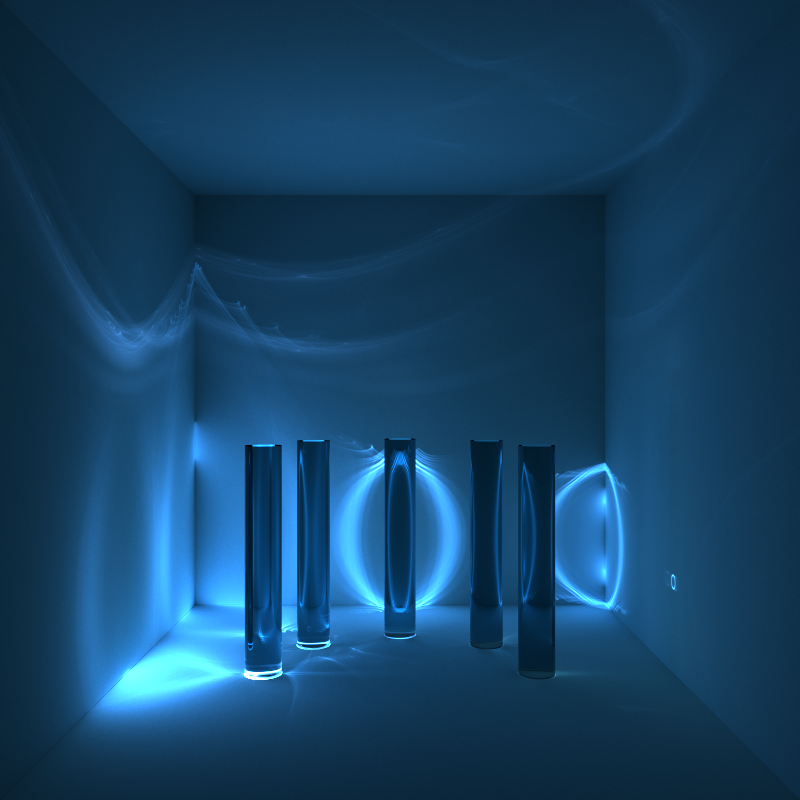BCON24: Create your own Importers and Exporters
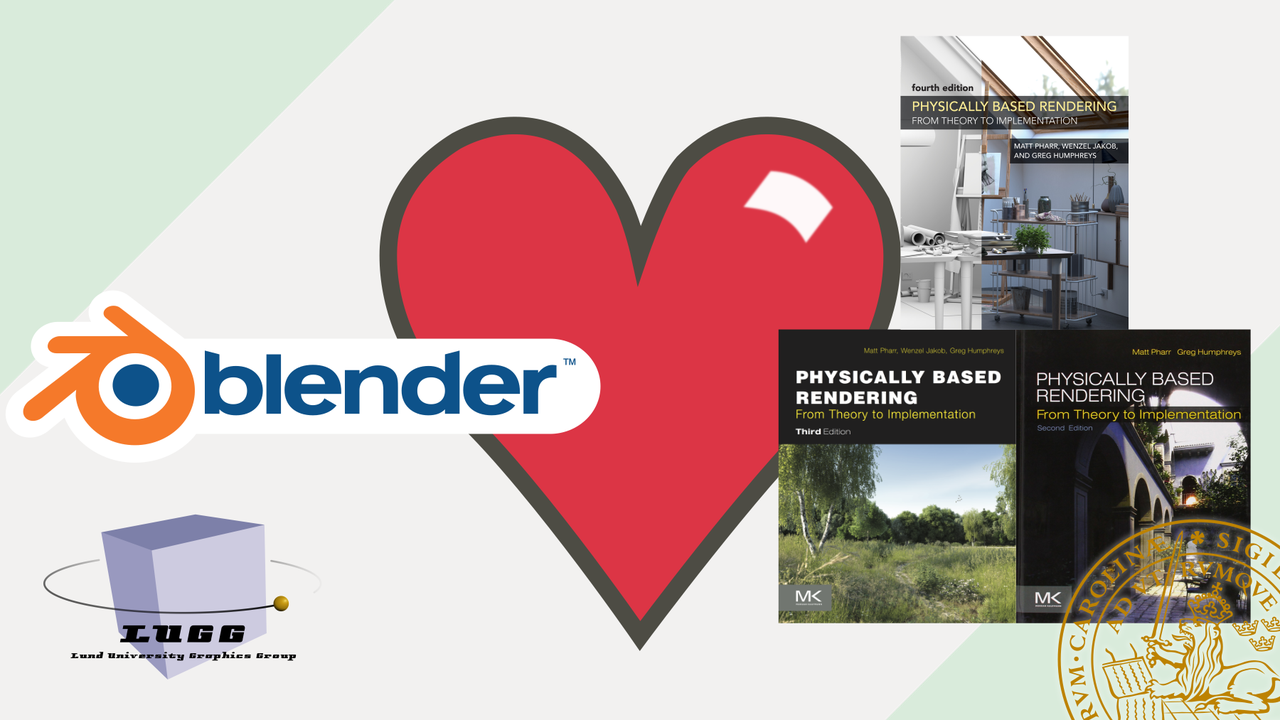
It’s time for another Blender Conference in Amsterdam! This year, I am holding a talk about how to create custom importer and exporter extensions for Blender. Feel free to tune in after Wednesday the 23rd October at 16:00 on YouTube.
Additionally, you can find the slides, with notes, down below, or on my publications page:
 -
- 